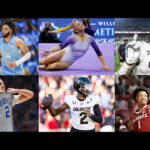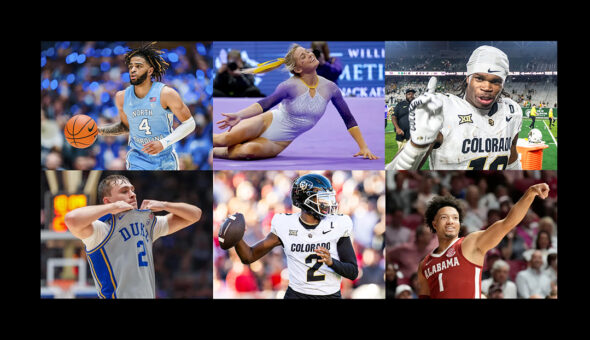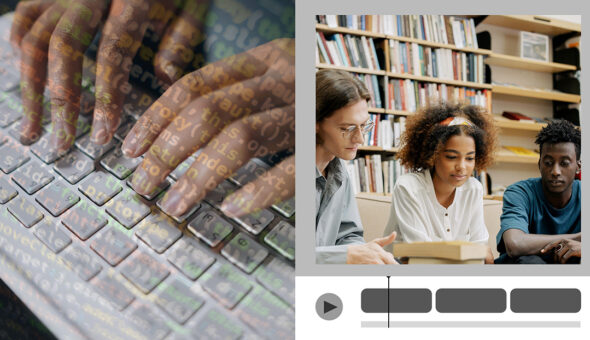As higher ed social media managers prepare for the start of another school year, there’s a lot to consider. COVID safety messaging and other possible crisis communications have been added on top of the already full schedule of move-in day, first day of classes, welcome week, and all the other communications that go along with the start of a new school year. So when Yik Yak announced last month that they were relaunching after a four-year hiatus, higher-ed social media managers were understandably upset.
In case you missed it the first time, Yik Yak is an anonymous social network that shows users posts from people in a five-mile radius from their current location. Users can share their thoughts, comment on other posts, and up- or downvote posts from other users.
Posts that receive a large amount of upvotes are boosted to the top of the “hot” feed, while posts that reach -5 downvotes are deleted, providing a self-policing effect that in theory reduces harassment and abuse on the platform. However, during the app’s first run more than half a decade ago, the platform was ripe with abuse, hate speech, and threats of violence.
Think of it as the digital equivalent of bathroom wall graffiti.








